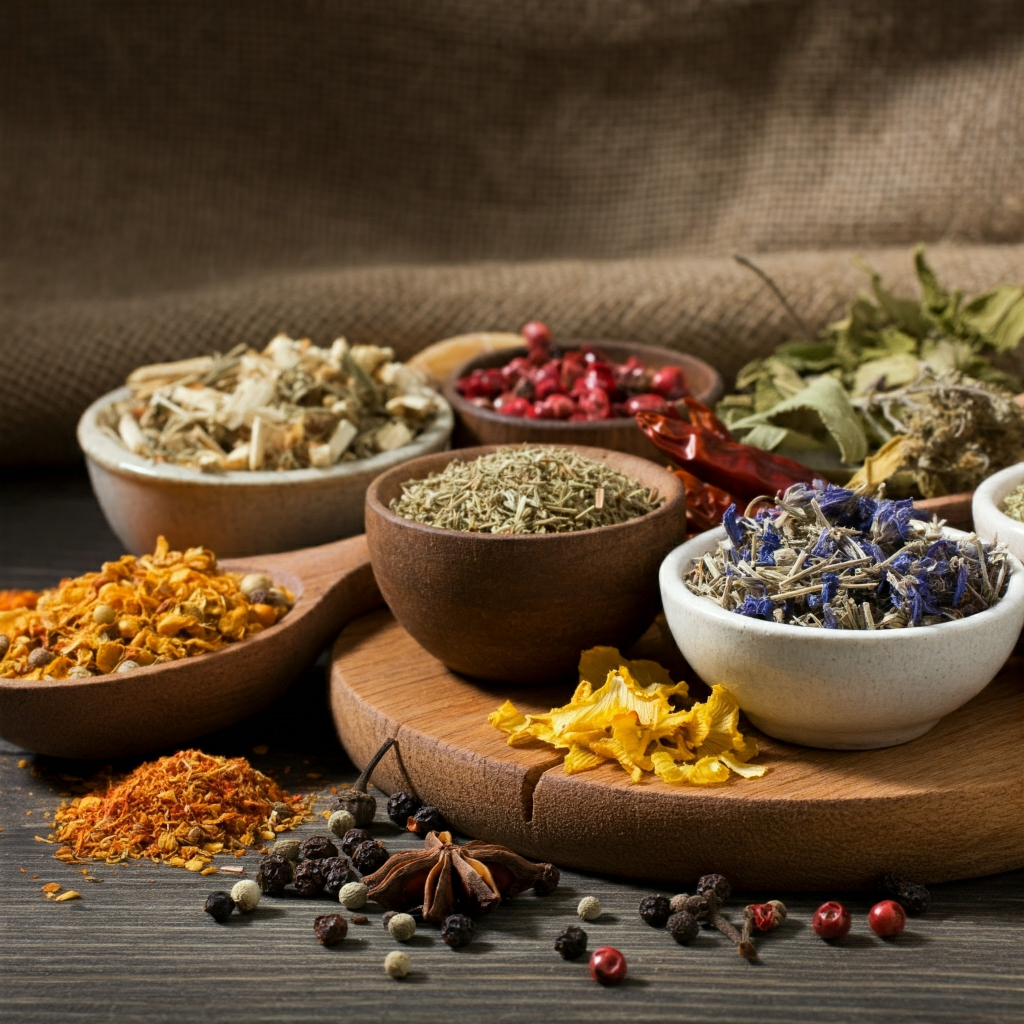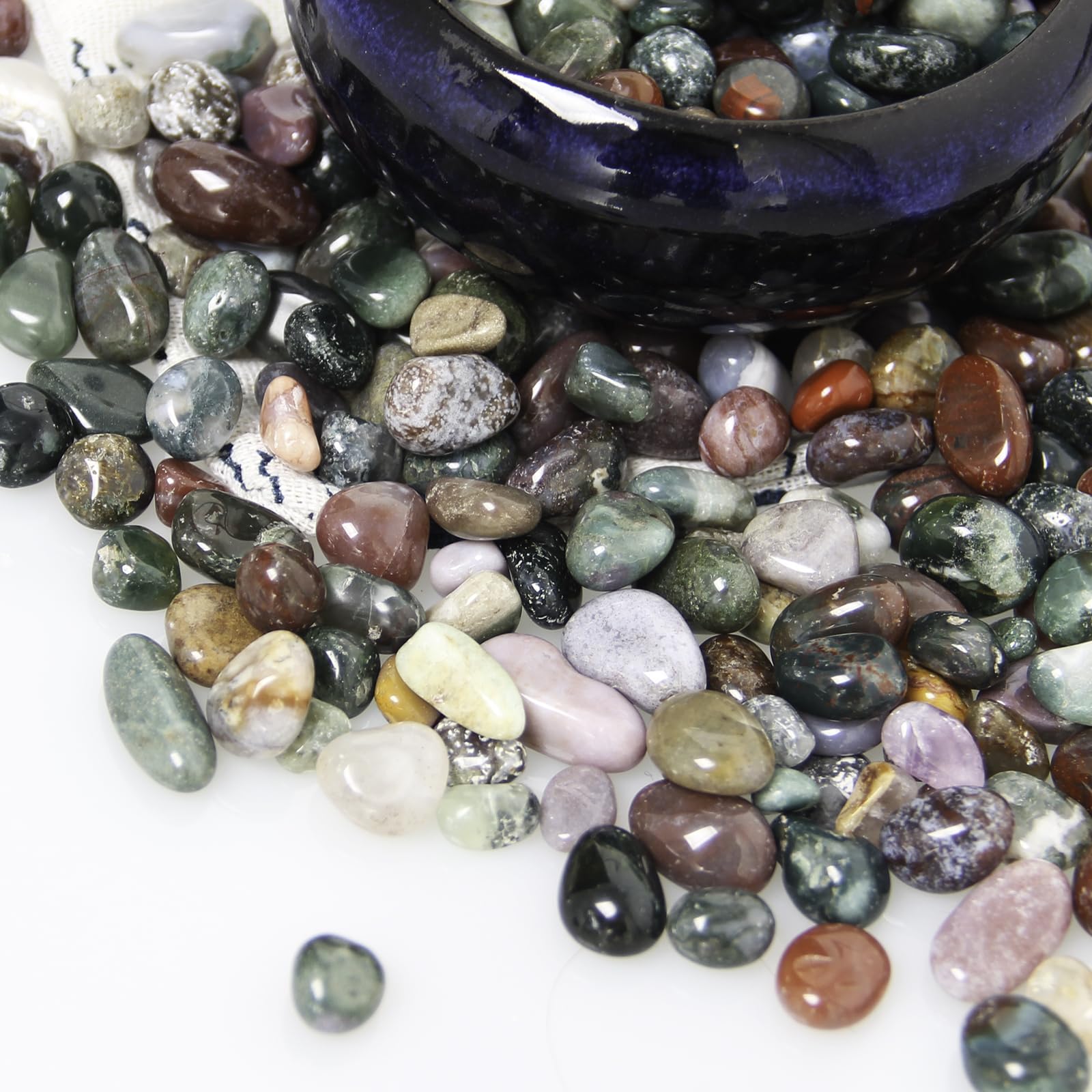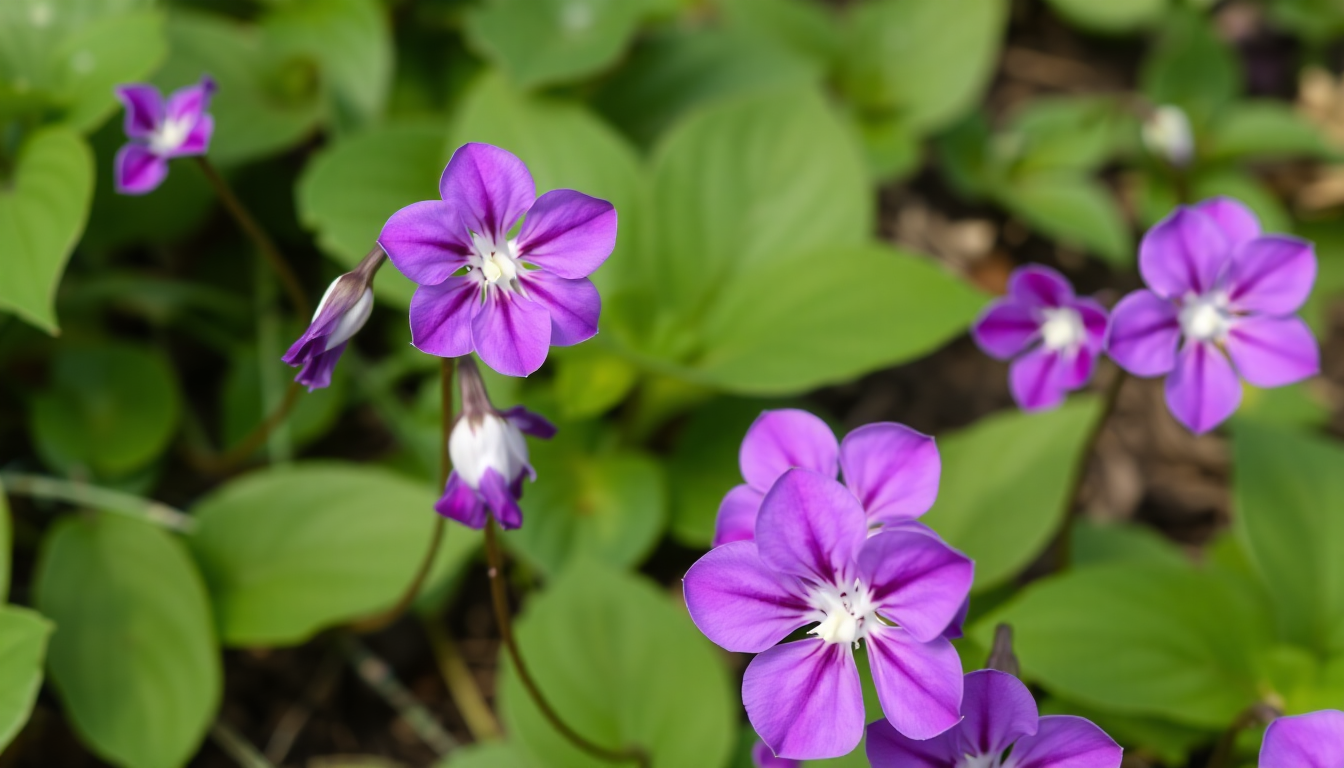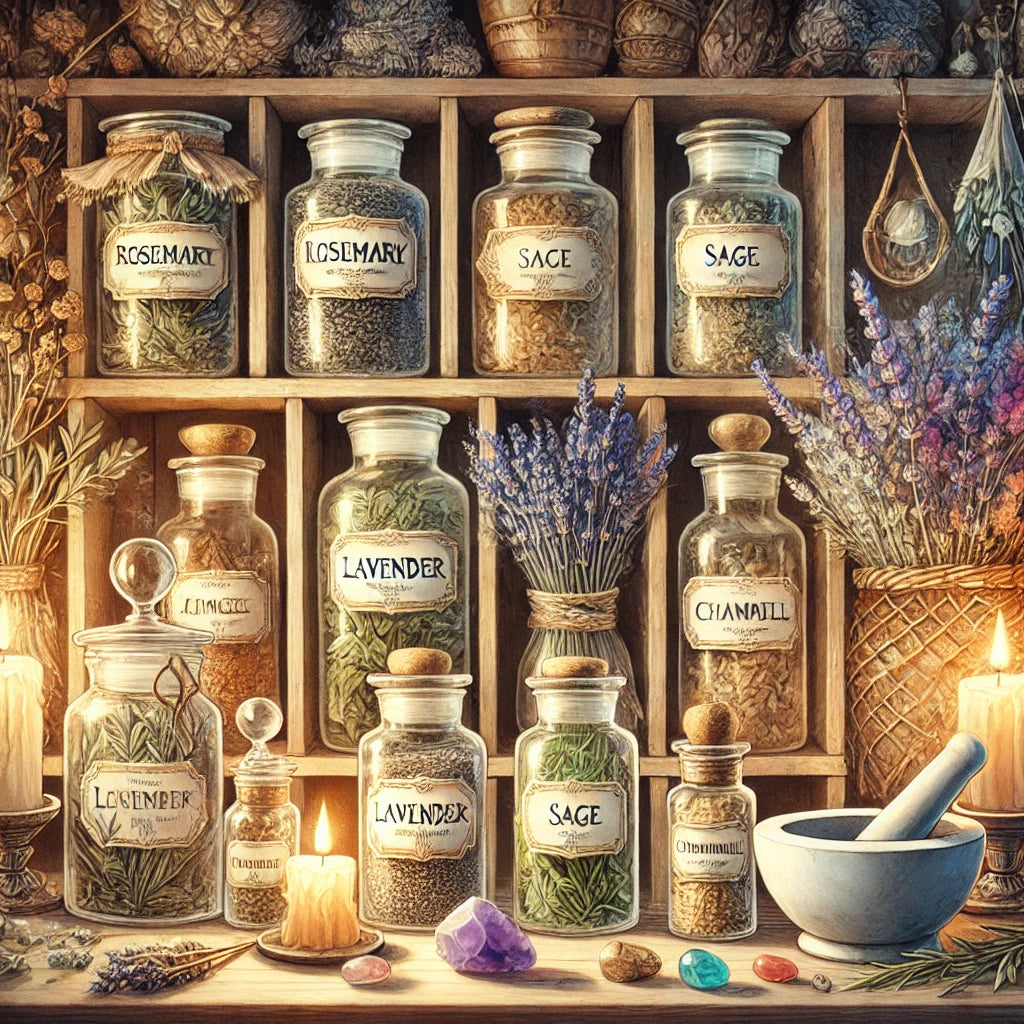
A Complete Guide to Drying Herbs for Witchcraft
Learn how to dry herbs for witchcraft, preserve their magic, and enhance your rituals. A step-by-step guide to harvesting, drying, and storing sacred herbs.
In witchcraft, herbs hold a special place as powerful tools for spells, rituals, and healing practices. Drying your own herbs is not only a practical and cost-effective way to ensure a steady supply but also infuses your practice with intention and personal energy. This comprehensive guide will teach you how to dry herbs for witchcraft, preserve their magical properties, and incorporate them into your craft.
The Importance of Drying Herbs in Witchcraft
Drying herbs is more than just a preservation method; it’s a sacred process that aligns you with the cycles of nature. Fresh herbs, while potent, have a limited lifespan. By drying them, you extend their usability and enhance their accessibility for various magical practices.
- Symbolism of Preservation: Drying herbs symbolizes sustainability and the conservation of nature’s gifts, echoing the themes of endurance and adaptability found in witchcraft.
- Energy Alignment: Harvesting and drying herbs allows you to imbue them with your own energy, strengthening their potency in spells and rituals.
- Practicality: Dried herbs are easier to store, transport, and use in a variety of ways, from burning as incense to brewing in teas.
Choosing the Right Herbs
Not all herbs are created equal when it comes to drying for witchcraft. Here are some of the most commonly used herbs and their magical properties:
- Lavender: For relaxation, peace, and spiritual connection.
- Rosemary: A versatile herb for protection, purification, and clarity.
- Sage: Known for its cleansing properties and use in smudging.
- Thyme: Associated with courage and healing.
- Chamomile: For calmness, luck, and sleep-related spells.
- Mint: Used for prosperity, energy, and healing.
- Mugwort: A favorite for divination and dream work.
When selecting herbs, ensure they are grown organically or harvested from a clean environment to avoid contamination with harmful chemicals.
When and How to Harvest Herbs
Timing your harvest correctly is essential to ensure your herbs retain their maximum magical potency.
Best Time to Harvest
- Morning Harvest: The best time to harvest is early in the morning, after the dew has evaporated but before the sun’s heat dissipates the plant’s essential oils.
- Lunar Influence: Some practitioners prefer harvesting herbs during specific lunar phases to align with their magical intentions. For example:Waxing Moon: For growth, attraction, and abundance.Waning Moon: For banishing, protection, and cleansing.
- Waxing Moon: For growth, attraction, and abundance.
- Waning Moon: For banishing, protection, and cleansing.
Harvesting Tips
- Use sharp, clean scissors or a knife to avoid damaging the plant.
- Cut the herbs at the base of the stem, leaving enough for the plant to regenerate.
- Avoid overharvesting from a single plant or area to maintain ecological balance.
Methods for Drying Herbs
Drying herbs is a straightforward process, but the method you choose can affect the quality and magical potency of your herbs. Below are the most common techniques, along with their advantages and tips for best results.
1. Air Drying
Air drying is the most traditional and energy-efficient method, ideal for preserving the essence of herbs.
Steps:
- Remove any wilted or damaged leaves.
- Bundle small groups of stems together and tie them with string or twine.
- Hang the bundles upside down in a cool, dry, and dark place with good air circulation.
- Check periodically for mold or signs of rot.
- After 1–3 weeks (depending on the herb and environment), the herbs should feel brittle and crumbly.
Tips:
- Avoid direct sunlight, as it can degrade the herbs’ color and potency.
- Use paper bags with holes punched in them to cover the bundles if you’re concerned about dust or insects.
2. Oven Drying
Oven drying is a quicker alternative, but it requires careful attention to prevent overheating.
Steps:
- Preheat your oven to the lowest possible temperature (ideally below 100°F/40°C).
- Spread the herbs in a single layer on a baking sheet lined with parchment paper.
- Leave the oven door slightly ajar to allow moisture to escape.
- Check the herbs every 15–20 minutes, removing them as soon as they are dry and crumbly.
Tips:
- This method works best for hardy herbs like rosemary and thyme.
- Be cautious of higher temperatures, which can scorch the herbs and reduce their potency.
3. Dehydrator
A dehydrator is an excellent tool for drying herbs quickly and evenly while preserving their magical and medicinal properties.
Steps:
- Arrange the herbs on the dehydrator trays in a single layer.
- Set the temperature to around 95–115°F (35–46°C).
- Check the herbs every few hours. Most herbs will dry within 4–12 hours, depending on their moisture content.
Tips:
- Use a dehydrator with adjustable temperature settings for better control.
- Monitor the drying process closely to avoid over-drying.
4. Microwave Drying
Microwave drying is the fastest method but should be used with caution to avoid destroying the herbs’ energy and properties.
Steps:
- Place a small amount of herbs between two paper towels.
- Microwave in 30-second intervals, checking after each session.
- Stop as soon as the herbs are dry and crisp.
Tips:
- This method is best for small quantities of herbs in a pinch.
- Be mindful of uneven drying, which can lead to scorching.
Storing Dried Herbs
Proper storage is crucial to maintain the magical potency of your dried herbs.
Containers
- Glass Jars: Mason jars or other airtight glass containers are ideal for preserving freshness and preventing moisture.
- Paper Bags: For short-term storage, paper bags allow herbs to breathe while keeping them dry.
- Fabric Pouches: Useful for creating charm bags or sachets.
Labeling
Always label your containers with the herb’s name and the date of drying. This practice helps you keep track of their freshness and identify herbs easily during rituals.
Storage Conditions
- Keep your herbs in a cool, dry, and dark place.
- Avoid exposure to direct sunlight, moisture, and fluctuating temperatures.
- Use within 6–12 months for optimal potency, although some hardy herbs can last longer.
How to Use Dried Herbs in Witchcraft
Dried herbs are versatile tools in your witchcraft practice. Here are some common uses:
1. Incense and Smudging
- Burning Dried Herbs: Create herbal incense or smudge sticks by bundling dried herbs like sage, rosemary, and lavender.
- Smudging Rituals: Use the smoke to cleanse your space, tools, or aura.
2. Spellwork
- Herbal Sachets: Fill fabric pouches with herbs for charm bags or protection talismans.
- Anointing Powders: Grind dried herbs into fine powders for sprinkling around your altar or adding to spell jars.
3. Tea and Potions
- Brew dried herbs into magical teas or infuse them into oils and tinctures for ritual use. Be sure to research which herbs are safe for consumption.
4. Candles and Baths
- Add crushed dried herbs to homemade candles for added magical intent.
- Sprinkle them into ritual baths to absorb their energies.
Tips for Enhancing Magical Potency
- Set Intentions: Before drying your herbs, meditate and set your magical intentions, infusing the herbs with your energy.
- Bless and Cleanse: Cleanse your herbs with smoke or moonlight to amplify their power.
- Work with Deities: Offer your harvested herbs to your chosen deities or spirits before use, enhancing their spiritual connection.
Common Mistakes to Avoid
- Harvesting at the Wrong Time: Picking herbs when they are too young or too late in their growth cycle can reduce their potency.
- Improper Drying: Rushing the drying process or exposing herbs to sunlight can compromise their energy.
- Poor Storage: Failing to store herbs correctly leads to loss of potency and potential contamination.
- Overharvesting: Removing too much from a single plant can harm its growth and disrupt the ecosystem.
The Spiritual Journey of Drying Herbs
Drying herbs for witchcraft is not just a physical process but a spiritual journey. It connects you to the earth’s rhythms and reminds you of the cycles of life and death. By practicing mindfulness and intention during this process, you deepen your bond with nature and enhance the effectiveness of your craft.
Drying herbs for witchcraft is a powerful way to honor the natural world and harness its magical energies. By understanding the best methods for harvesting, drying, and storing herbs, you can build a robust apothecary tailored to your practice. Whether you’re a beginner or a seasoned practitioner, this skill empowers you to create meaningful rituals and spells grounded in the magic of the earth.
Let your herb-drying journey be a blend of tradition, intention, and creativity, and watch as your magical practice flourishes.





 https://www.witchyhour.com/
https://www.witchyhour.com/